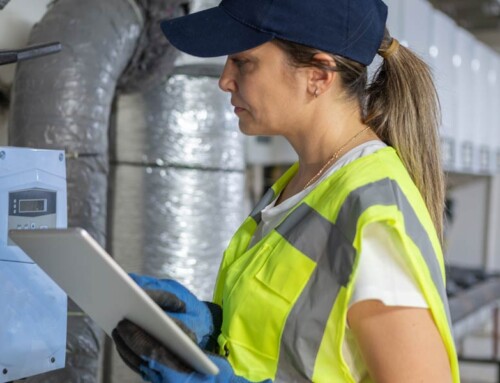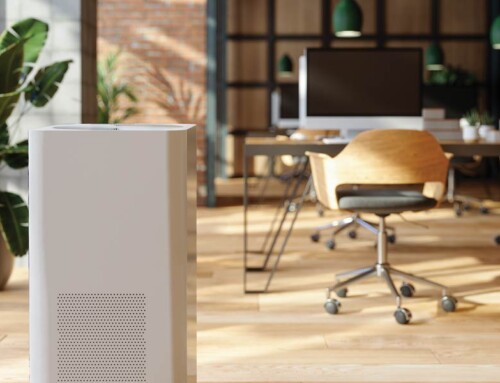Peers Weigh In on Carpet Care
I recently posted a question in our LinkedIn group, ISSA—the Worldwide Cleaning Industry Association. With more than 28,000 members, it is the largest cleaning-industry-specific group on the business site. My question was, “What is the worst carpet care challenge you have faced and how did you conquer it?” I heard some horror stories, from various types of animal urine and food service tracks to finger-printing graphite spilled, of course, on a white carpet. And I learned some great carpet care remedies ranging from specific products to general technology (such as enzymes for the food service issues).
However, the problems most often cited were not physical and did not come with simple solutions. Rather, the most-cited challenge was how to convince customers and/or management that carpet cleaning is not an “as needed” activity; it must be done correctly and regularly to assure a healthy environment, extend the life of the carpet, and yes, keep up appearances. The key words here are “right and regularly.” Yet as the real-world answers below illustrate, too often there is no investment in a preventative carpet care maintenance program.
Spot ‘n Go
“Working in the janitorial field can be challenging enough,” wrote Mike Anderson, who has worked for Waxie Sanitary Supply for more than 12 years and is Institute of Inspection Cleaning and Restoration Certification (IICRC)-certified. “Then comes the carpet care issues. One of the biggest challenges that I see in our school districts is that the custodians are expected to do 12 hours’ worth of work in an 8-hour day and are not provided with the correct tools to perform their job properly, specifically carpet care. When we are asked to do a demo on how to clean carpeting, we are always taken to the worst possible area to do the cleaning or the demonstration. How did it get this bad to begin with?
The answer is school custodians generally only clean twice a year, at summer break and Christmas break. They’re expected to clean the carpet quickly but aren’t provided the tools or time necessary to do the job properly. Many times, it’s a training issue, but just as many times, it’s lack of equipment; some have the proper equipment, but they lack the knowledge on how to use it properly. This carpet didn’t become dirty overnight, so many times it’s not going to become clean immediately. The challenge is how do we help them overcome the problem of twice-a-year carpet cleaning and not allowing custodians enough time to do it properly?”
After 18 years of managing janitorial operations for multi-office complexes and shopping centers, Scott York is now a supply and equipment sales rep for Johnston, in Clifton Park, NY. From the supply side, he sees the carpet care mindset of upper management as analogous to spot removal itself. “As a supplier, we get asked for help removing stains, which is no problem,” he explains. “The challenge I see is getting clients to view carpet cleaning as a routine task that should be done periodically, not only for stain removal, but for general building health and indoor air quality.” He also believes a lack of resources is an issue: “Too many facilities don’t have good commercial equipment to get the job done.” Jeff Cross, editor of Cleanfax magazine, succinctly summarized the problem: “Getting clients or decision-makers to clean [carpet] based on a schedule and maintenance rather than appearance? Good luck with that.”
Facing the Challenge
Others in the group cited similar experiences, but weren’t ready to admit defeat. Richard Spahr, owner of Custodial Consulting of New England, explained the carpet issues his company has faced—and his solution.
“In addition to many filthy carpets due to neglect, the parallel problem was chasing years of improper methodology that resulted in soap residue being left in the carpet fabric” he said. “We used a process of pre-treating, agitation, and extraction with a neutralizer to reclaim just about every carpet.”
Joe Pereira, custodial, waste, and recycling supervisor at Santa Clara University in California, commended Spahr and his methodology and took it further. “Richard is correct,” Pereira said. “We [also] pretreat, agitate, and extract with a neutralizer in our water. Our carpets are cleaned three or four times a year, and this alone will prevent them from an early death…We use chemicals that work. We allow the proper dwell time to ensure chemicals work as directed. I test at strategic locations with portable ATP testing swabs to see what areas need more cleaning. It also justifies scheduling more time so our custodians can do a better job.”
Corner the Corner
While carpet cleaning process recommendations are helpful, they do not address the bigger issue of how to get management buy-in on the necessity of a good, ongoing carpet maintenance program. One suggestion is ISSA’s Value of Clean Toolkit that includes an infograph, video, and a calculator that allows you to depict—in the solid numbers upper management craves—the costs associated with not cleaning. The kit is FREE to members and available at www.issa.com/value. Check it out, and maybe, when it comes to convincing the corner office of the value of clean, we actually will have “good luck with that.”
This article originally appeared in the Postconvention 2017 edition of ISSA Today.

















